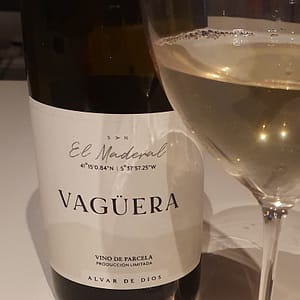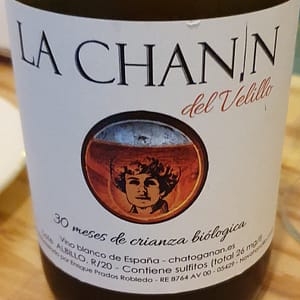Looking forward to spend the new year weekend in Mallorca I have begun to count down with a few wines.
Ca’n Verdura is located in Binissalem, the most historic wine town in modern times, giving name to that DO in 1991. They grow mainly native varieties such as mantonegro, callet and moll.
Supernova 2022 (Ca’n Verdura)
This wine is made from the moll variety, from a vineyard planted in 1958 on clay, limestone and gravel. The farming is organic (though not certified), and it was fermented with ingenious yeasts in stainless steel and barrel.
Light yellow with a green hint. Yellow apples, melon, white flowers and a stony minerality. Medium full, lightly creamy lees character, adequate acidity, salty, and a green touch in the finish.
Negre 2021 (Ca’n Verdura)
This is some kind of entry-level, unpretentious red, made primarily from mantonegro (60%), complemented with merlot, cabernet sauvignon, monastrell and the local callet. The mantonegro is old-vine and the rest is from different vineyards of variable age and a diversity of soils (red clay, gravel, white clay).
Dark cherry. Red fruits (cherry), ink, herbs. Medium-bodied, fruity all the way, a touch menthol and coffee. Energetic and appealing.
Francesc Grimalt is a leading figure in the restoration of the callet grape variety. In 2006 he teamed up with musician Sergi Caballero and founded the 4 Kilos winery, based in Felanitx, not far from the city of Manacor. The name is an expression for 4 million pesetas, which was their initial investment to launch the company. They practice an environmentally-friendly agriculture with minimal intervention.
Motor Callet 2021
One of the wines tried was Motor Callet. The vintage was the same as in a previous post. I include it in the picture, and you can read more of the company and the wine here.
The Island Syndicate 2019
While the MC is dominated by red fruits, this one is darker, in colour and fruit quality, a mix between dark and red fruits. It’s a callet 60%, and also mantonegro 30% and fogoneu 10%. With this, Francesc Grimalt wanted to make a wine that smelt “like his childhood”. The wine is made with natural yeasts he found from the now-defunct co-operative winery in Felanitx ‘Es Sindicat’.
Dark cherry colour. Aroma of dark and red fruits (blackberry, cranberry, redcurrant), Mediterranean herbs, plums. Medium-bodied, a good acidity, traces of almond, some coffee. The overall feeling is though the one of a light and appealing wine.


















